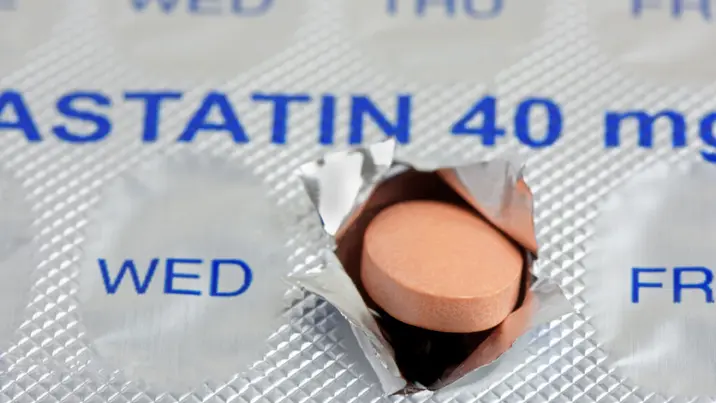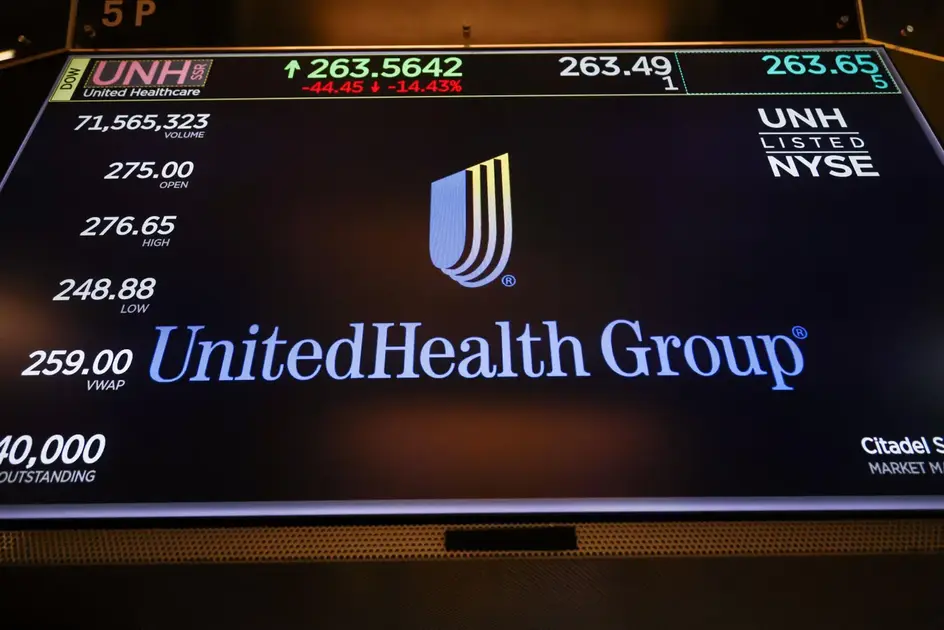T4K3.news
New statin risk model keeps eligibility stable
Researchers find that a 3% risk threshold would keep statin eligibility roughly the same, even with a new risk model.

Researchers compare PREVENT with older models to see how new risk thresholds affect who qualifies for statins.
New statin risk model keeps eligibility stable
A new risk calculator called PREVENT, introduced in November 2023, uses more contemporary and diverse data to estimate the 10‑year risk of a heart attack or stroke. When this model is applied to the old 7.5% threshold from the Pooled Cohort Equations, far fewer adults would qualify. But the new analysis shows that lowering the threshold to 3%, 4%, or 5% would yield different outcomes. Notably, using a 3% threshold would keep the number of people eligible for statins roughly the same as today. The PREVENT equations also account for conditions like chronic kidney disease, diabetes, and obesity to refine risk estimates.
Statins offer clear benefits in reducing cardiovascular events when paired with lifestyle changes, and they cost little. Yet side effects exist, including muscle pain and a higher risk of developing type 2 diabetes over about ten years. Some experts argue the benefits may extend to thresholds as low as 2.5% or lower, while clinicians caution that broader use must balance diabetes risk with patient values and preferences. The American Heart Association and the American College of Cardiology are expected to publish guidelines in the spring, with a focus on shared decision making between doctors and patients.
Key Takeaways
"The bottom line is it’s just the math and making sure that we understand the risk and define who is eligible for statins based on who’s going to benefit"
Khan on eligibility criteria and risk assessment
"There are some circumstances for which the answer is obvious: The person who had a heart attack should be on a statin"
Sussman on treatment thresholds
"What we wanted to show is how the risk crosswalk looks like with PREVENT at 3%"
Khan on the 3% scenario
"The right number is a pretty large number"
Fonarow on the impact of threshold choice
The debate over thresholds shows medicine moving toward patient centered care. The PREVENT model reflects more recent data and a broader view of risk, but turning numbers into prescriptions remains a human task. The choice of threshold shapes who is offered treatment and who receives careful counseling about tradeoffs.
Policy makers face a tough balance: reduce preventable heart events without pushing statin use so far that diabetes risk and treatment burden rise. The coming guidelines will test how they reconcile numerical risk with individual health profiles and personal values, a challenge that goes beyond statistics to everyday clinical conversations.
Highlights
- The right people on statins is the goal not more prescriptions
- Contemporary data lower the risk estimate and open new doors for treatment
- Guidelines will hinge on conversations not numbers alone
- This is math with real human consequences
Public health impact of revised statin thresholds
Lowering the eligibility threshold could expand statin use and reduce some heart events, but it may raise diabetes risk and alter public reaction. Guidelines will influence practice patterns.
Guidelines will shape treatment decisions in the months ahead.
Enjoyed this? Let your friends know!
Related News

Apple iOS 26 compatibility update

UnitedHealth Stock Declines Despite Strong Earnings

New study identifies limits for innovation networks

New iPhone feature will block over a billion calls

Nintendo keeps Switch 2 prices stable while raising others
Google fixes Pixel devices with new Android update

OpenAI tackles GPT-5 rollout issues

AAP backs COVID vaccine for infants amid clash with Kennedy and CDC
